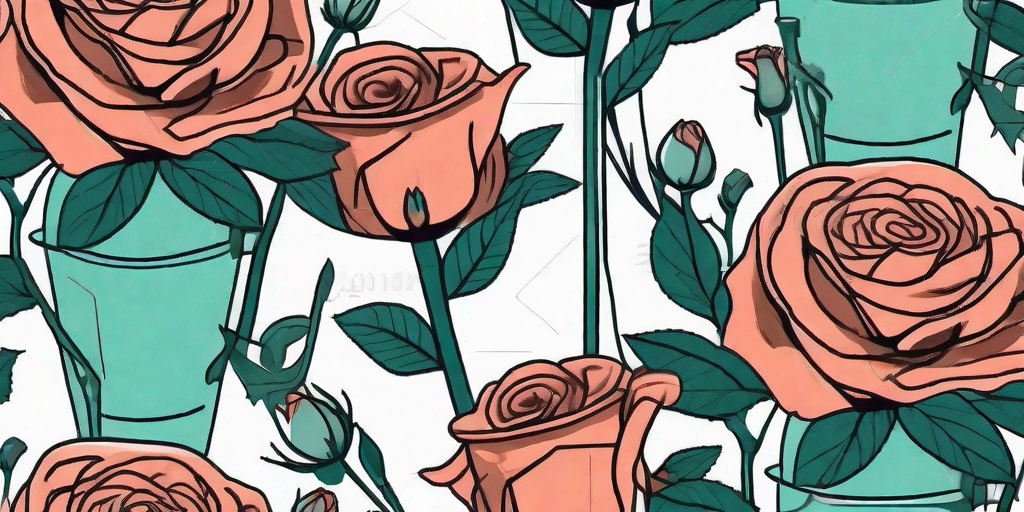
Gardening, like any great love affair, requires patience, dedication, and a little bit of dirty work. But don't let the prospect of soil-stained fingernails deter you; the end result is a lush, vibrant oasis that's worth every bit of effort. Whether you're a seasoned green thumb or a novice gardener, we've got the tips and tricks to help you cultivate a garden that's the envy of the neighborhood. So, let's get down to the root of the matter and kiss those rusty roses goodbye!
Understanding Your Garden's Needs
Before you start planting willy-nilly, it's important to understand what your garden needs. This isn't just about watering and sunlight; it's about soil quality, plant compatibility, and even the local climate. It's like matchmaking for plants - you want to make sure everyone gets along and thrives together.
Soil quality is the foundation of any successful garden. Different plants require different soil pH levels, so it's crucial to test your soil before planting. You wouldn't want to plant a hydrangea in alkaline soil, would you? Of course not, that would be like serving a vegan a steak dinner!
Testing Soil Quality
Testing your soil's pH level is as easy as pie. You can purchase a soil testing kit from your local garden center or online. Simply collect a soil sample, mix it with the provided solution, and wait for the color to change. The resulting color will indicate whether your soil is acidic, neutral, or alkaline.
Once you know your soil's pH level, you can start planning your garden. Acid-loving plants like rhododendrons and azaleas will thrive in soil with a pH level below 7, while plants like lavender and dianthus prefer alkaline soil with a pH level above 7. Neutral soil, with a pH level of 7, is the Goldilocks zone for most plants.
Plant Compatibility
Just like people, plants have friends and foes. Some plants, like tomatoes and basil, get along like a house on fire, while others, like onions and beans, are like oil and water. Companion planting can help deter pests, improve pollination, and increase your garden's overall yield.
But be warned, this isn't a foolproof method. Some plants, like mint, are the garden equivalent of a party crasher and will take over if not kept in check. So, do your research and plan your garden accordingly.
Creating a Garden That's Easy on the Eyes
Now that you've got the basics down pat, it's time to focus on aesthetics. A beautiful garden isn't just about colorful blooms; it's about creating a harmonious balance between plants, hardscape elements, and even garden ornaments.
Think of your garden as a canvas and the plants as your paint. You want to create a composition that's pleasing to the eye, with a good balance of color, texture, and form. And remember, beauty is in the eye of the beholder, so don't be afraid to get creative and express your personal style.
Color Theory in the Garden
Color theory isn't just for artists; it's a powerful tool for gardeners as well. By understanding how colors interact with each other, you can create a garden that's visually stunning.
Complementary colors, like purple and yellow, create a vibrant contrast, while analogous colors, like red, orange, and yellow, create a harmonious blend. Don't be afraid to play with color in your garden - the sky's the limit!
Adding Texture and Form
Texture and form are the unsung heroes of garden design. They add depth and interest to your garden, making it visually appealing even in the dead of winter.
Play with different plant shapes and sizes to create a dynamic landscape. Mix and match spiky plants with round ones, tall plants with short ones. And don't forget about foliage - plants with interesting leaves can add a touch of drama to your garden.
FAQs
How often should I water my garden?
The frequency of watering depends on the type of plants, the local climate, and the season. As a general rule, most gardens need about an inch of water per week. However, it's best to water deeply and less frequently to encourage deep root growth.
What's the best way to deal with pests?
The best way to deal with pests is to prevent them in the first place. Healthy plants are less likely to attract pests, so make sure your plants are well-fed and watered. If pests do appear, try using natural methods like companion planting or introducing beneficial insects before resorting to chemical pesticides.
Conclusion
Creating a beautiful garden is a labor of love, but with these tips and tricks, you'll be well on your way to creating a garden that's not only beautiful but also healthy and thriving. So roll up your sleeves, put on your gardening gloves, and get ready to kiss your rusty roses goodbye!















